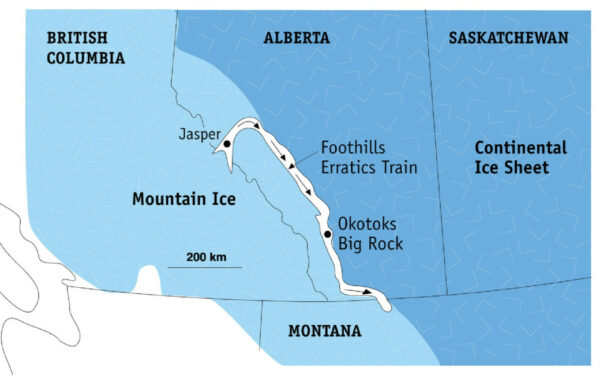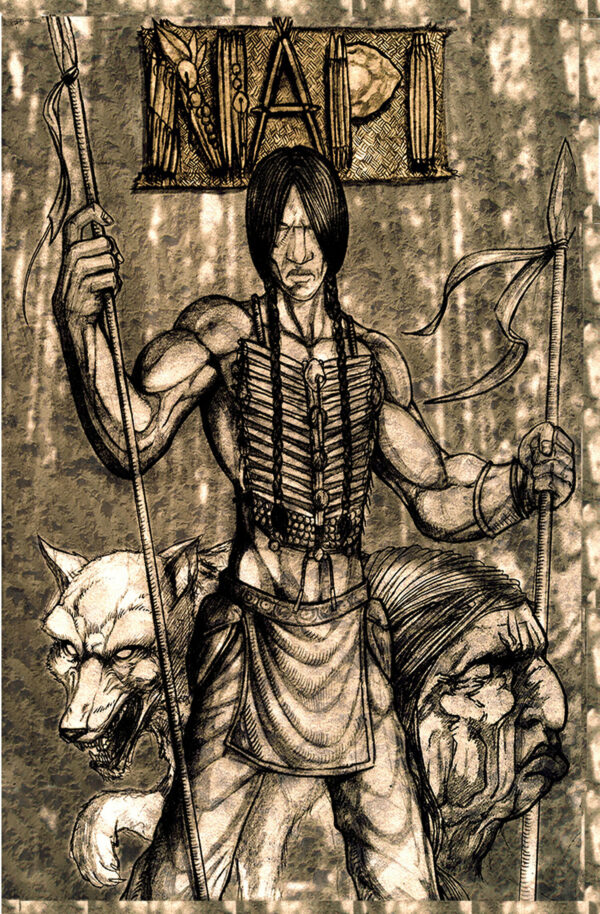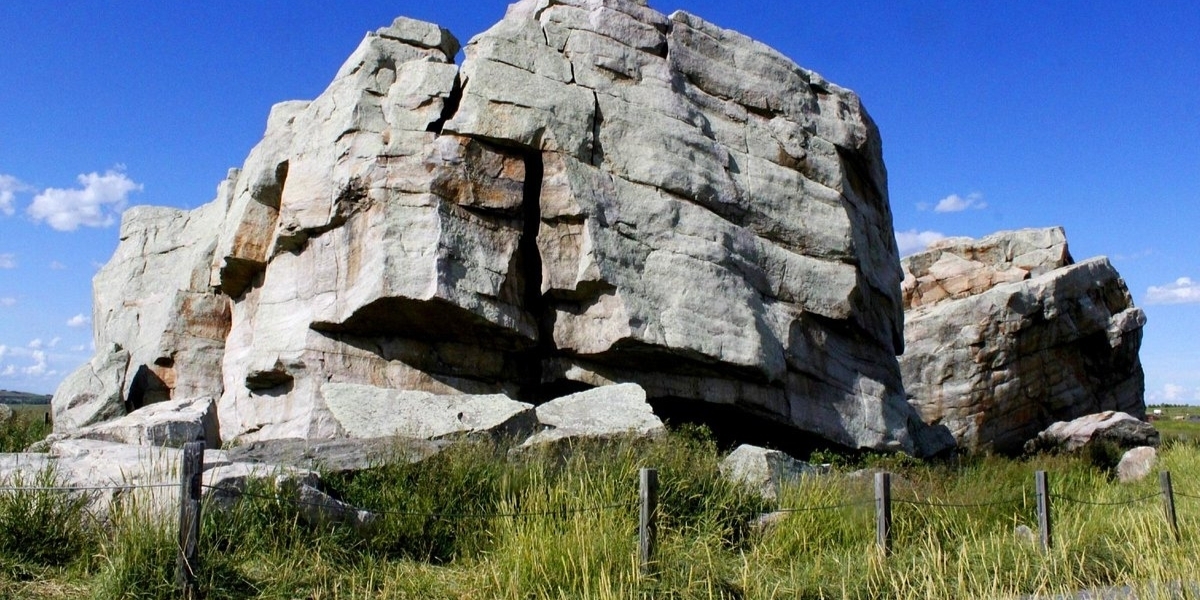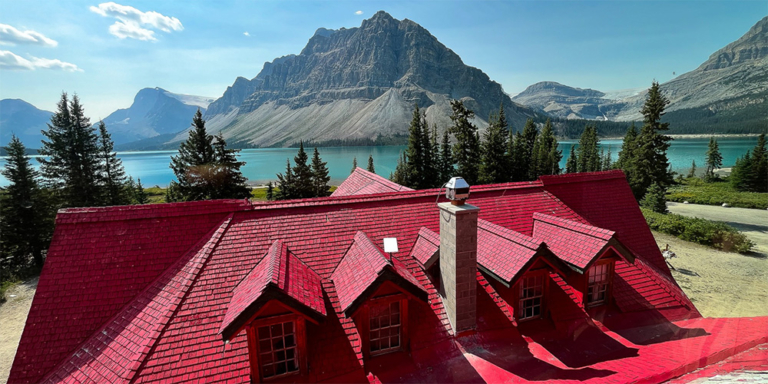Try repeating that headline, three times, fast.
With that horrendous pun out of the way, let’s talk about the massive glacial erratic ‘Big Rock’ outside Okotoks. A glacial erratic is a rock transported by ice and deposited elsewhere.
Big Rock is an absolute beast, weighing around 16,500 tonnes or 36.3 million pounds. That’s roughly the same weight as 16,500 adult male moose.
In terms of size, Big Rock is about the same size as a three-story apartment building. The massive erratic holds the Guinness World Record for being the largest of its kind.


You may be wondering how it got there. Big Rock didn’t grow legs; it was transported from a mountain formation in Jasper National Park.
During the last ice age 30,000 years ago, a rockslide crashed onto a glacier located in what is now the Athabasca River valley. One of the large rocks that crashed into the glacier was none other than Big Rock.
In other words, Big Rock hitched a ride on a glacier. When that glacier melted, the rocky debris was deposited across the prairies. That’s how Big Rock found its home near Okotoks.
The erratic certainly isn’t going anywhere. But just to be safe, the Government of Alberta designated Big Rock a Provincial Historic Resource in 1978.
This means Big Rock can’t be destroyed, disturbed, altered, restored, or repaired without written approval from the Alberta government. As of 2020, there were 390 Provincial Historic Resources scattered throughout the province.
One distinct feature of Big Rock is a big split down its middle. A traditional Blackfoot story describes how the erratic got this split.


“One hot summer day, Napi, the supernatural trickster of the Blackfoot peoples, rested on the rock because the day was warm and he was tired. He spread his robe on the rock, telling the rock to keep the robe in return for letting Napi rest there. Suddenly, the weather changed and Napi became cold as the wind whistled and the rain fell. Napi asked the rock to return his robe, but the rock refused. Napi got mad and just took the clothing. As he strolled away, he heard a loud noise and turning, he saw the rock was rolling after him. Napi ran for his life. The deer, the bison and the pronghorn sheep were Napi’s friends, and they tried to stop the rock by running in front of it. The rock rolled over them. Napi’s last chance was to call on the bats for help. Fortunately, they did better than their hoofed neighbours did, and by diving at the rock and colliding with it, one of them finally hit the rock just right and it broke into two pieces.”
The tale of Napi The Trickster is intended to caution against taking back what you have given away.
The glacial erratic represents a piece of the Gog Formation, which refers to layers of sediment deposited between 600 million and 520 million years ago.
The Gog Formation is located in the western central regions of the Rockies and is mainly made up of deposits of sandstone and quartzite. Big Rock is made up of light grey, pink, and purplish quartzite.
Quartzite is also slippery to climb, and although it’s hard, pieces can break off. So keep yourself and others safe by staying on the ground!






